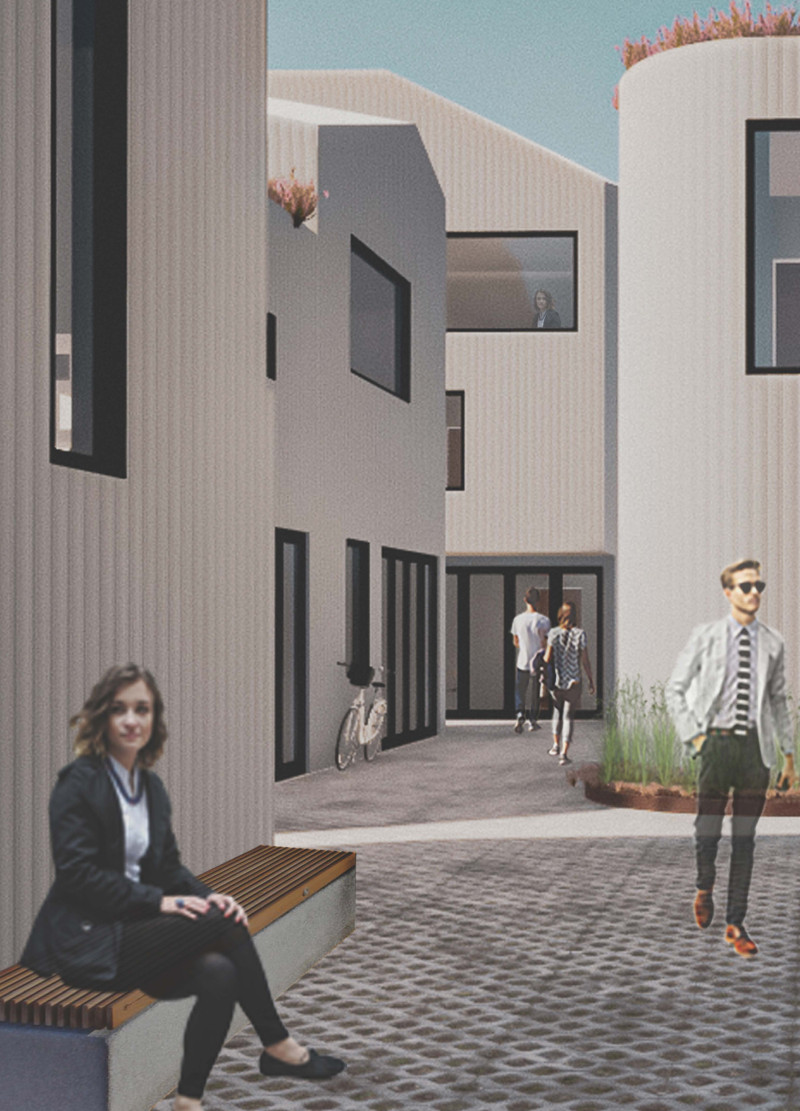5 key facts about this project
Melbourne is facing a growing challenge with affordable housing as its population increases. The project titled "Melbourne's Missing Middle: The Backyard" seeks to address this issue by turning underutilized backyards into new housing units. This approach aims to increase residential density while respecting the character of established neighborhoods. By allowing homeowners to create additional units, the project offers potential solutions for the housing market, especially for first-time buyers struggling to enter homeownership.
Design Concept
The design centers around the backyard typology, promoting the idea that existing residential spaces can accommodate more people. By focusing on backyards, the project integrates new living spaces directly into areas already rich in community. This method allows for growth in housing without the need for new land, which is often scarce in urban settings.
Materials and Construction
The construction method involves the use of structural insulated panels (SIP). These panels are chosen for their efficiency, resulting in quicker assembly and reduced labor demands. They also provide good thermal insulation, which helps keep spaces comfortable with less energy use. Using SIP supports the overall goal of affordable housing by lowering heating and cooling costs for future residents.
Implementation Strategy
The approach to implementing this vision includes clear steps. It starts with identifying underutilized properties, followed by getting approval to rezone areas for new housing. After securing permissions, a specific plan for the type of units to be built is developed. This framework supports homeowners in creating rental units that provide income while meeting the needs of those seeking affordable housing.
Design Detail
Community gardens complement the residential units, serving as shared spaces for residents. These gardens enhance the visual quality of the area and foster connections among neighbors. They also contribute positively to local biodiversity, offering a natural setting that enriches the community. Through these elements, the project aims to create not just housing, but lively and engaged neighborhoods.



















































